Day 75 (June 26, 2017)
Lake Chūzenji, Tochigi → Mount Nantai → Nikkō, Tochigi
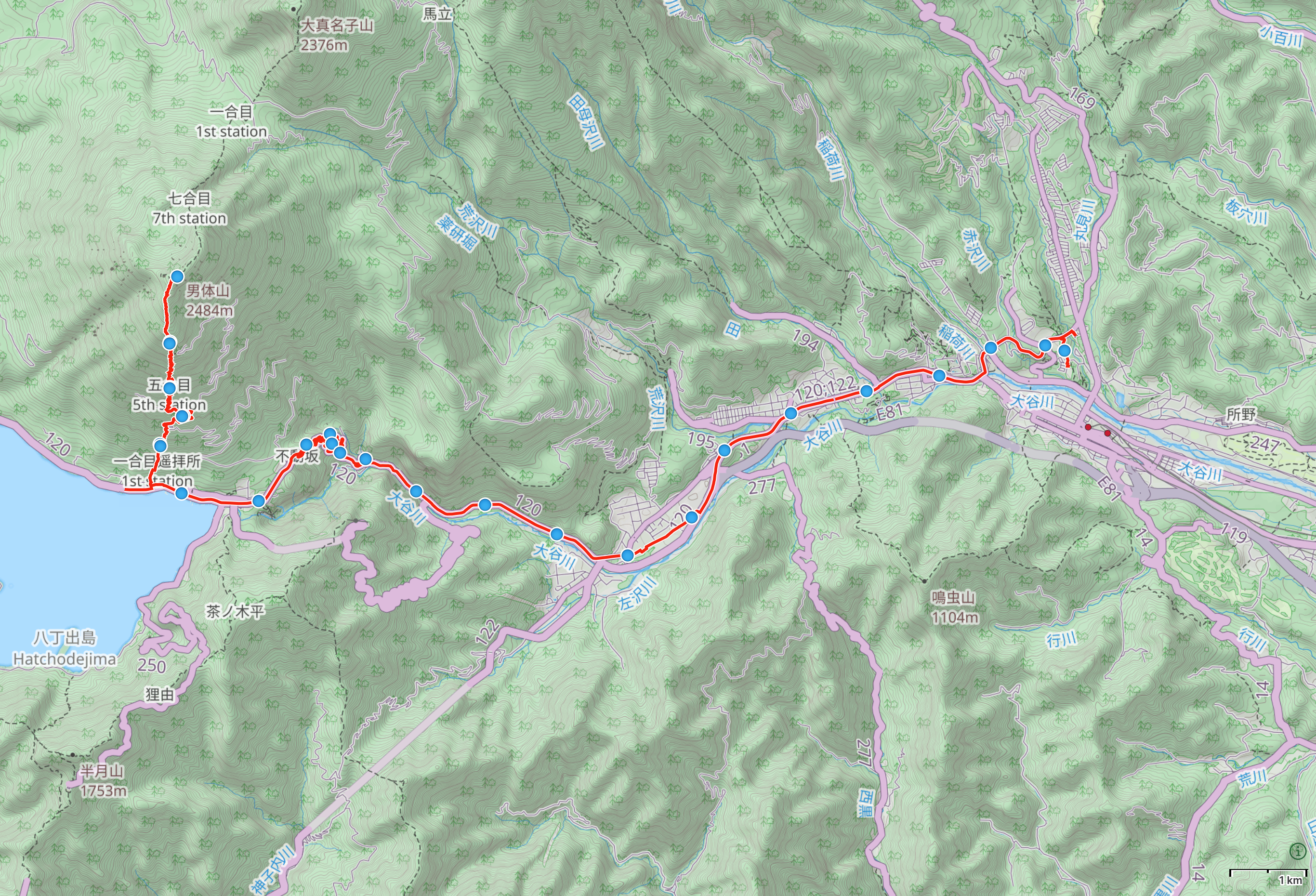
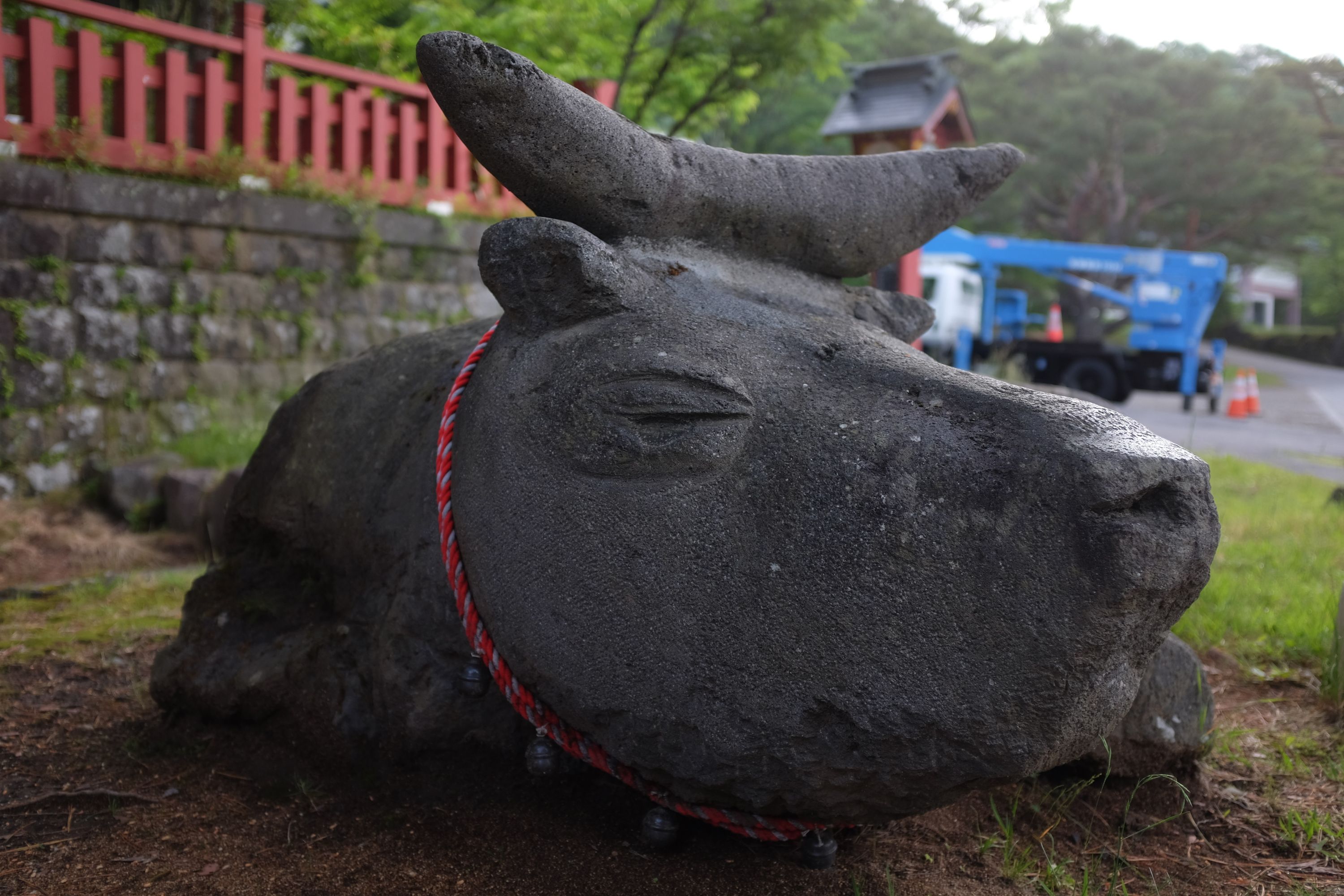

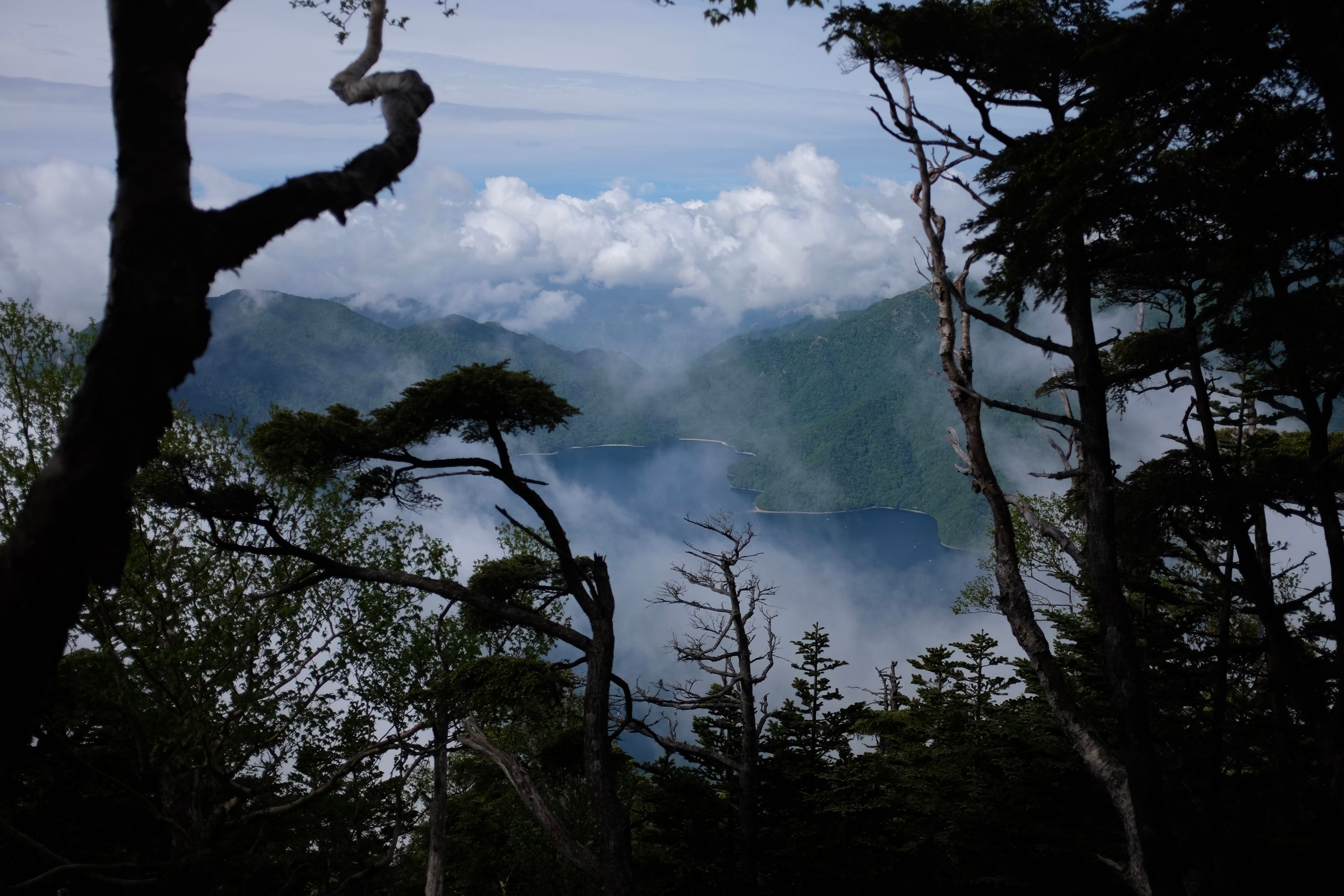
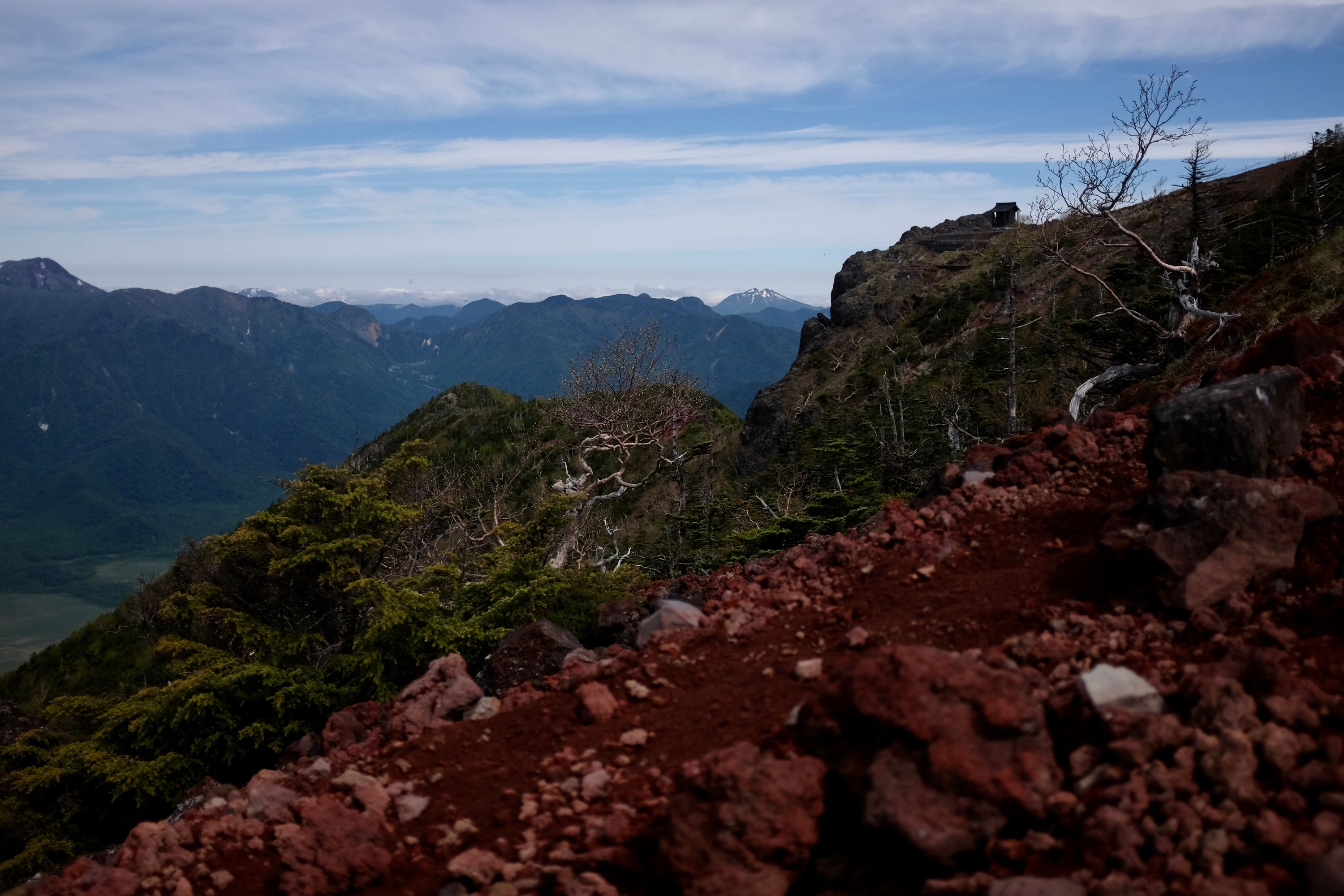
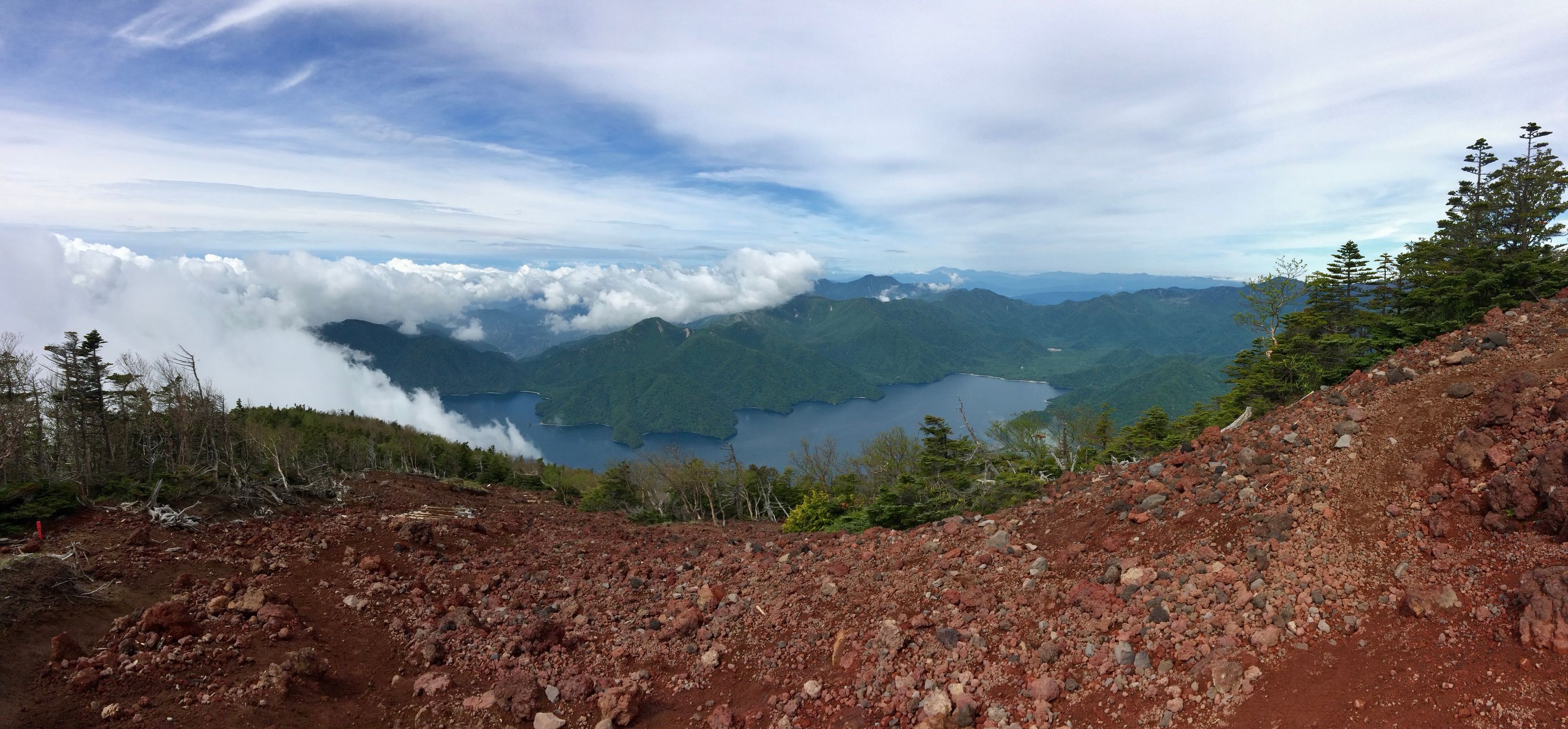

Even by Japanese standards, the forest covering the steep slopes of Mount Nantai is remarkably beautiful, and as I walked up the mountain in the early morning light, white clouds swirling above, in the ink-blue sky, I thought of the monk Shōdō, who pioneered this route in the spring of 782, after two failed attempts to reach the summit. “Exhausted by the unending struggle, he was forced to bivouac for two nights,” Fukada wrote of his efforts. Near the summit, the forest thinned out, and turned into maroon volcanic scree, and I stood in a cool summer wind, white clouds swirling around me in the ink-blue sky. Snow peaks dotted the land as far as the eye could see.

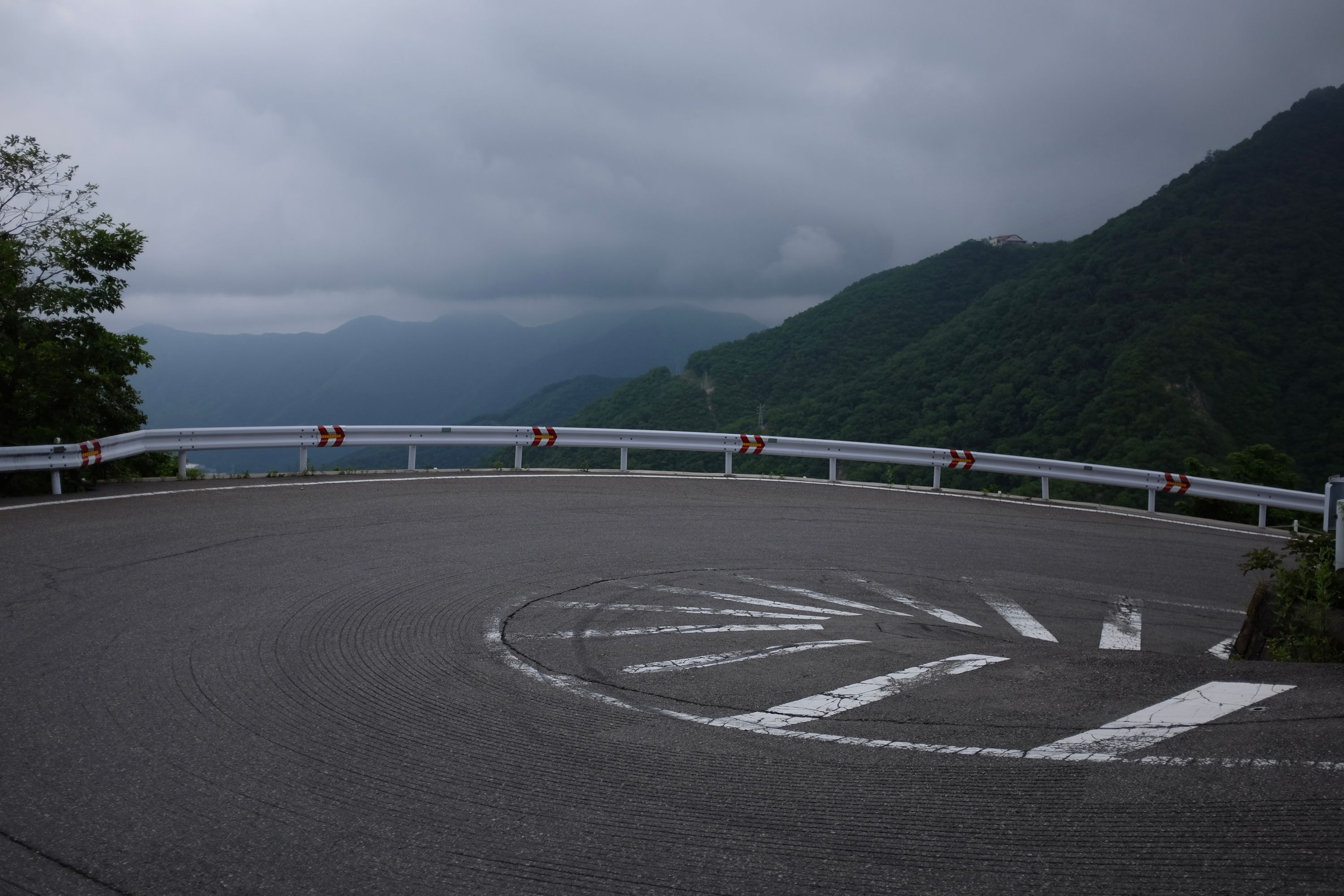

I don’t ride a motorcycle, but if I did, I would want to ride it down the switchbacks which drop from the plateau of Lake Chūzenji, a descent of 700 meters over barely more than five kilometers, in a landscape which reminded me of a Venezuela I have never seen.

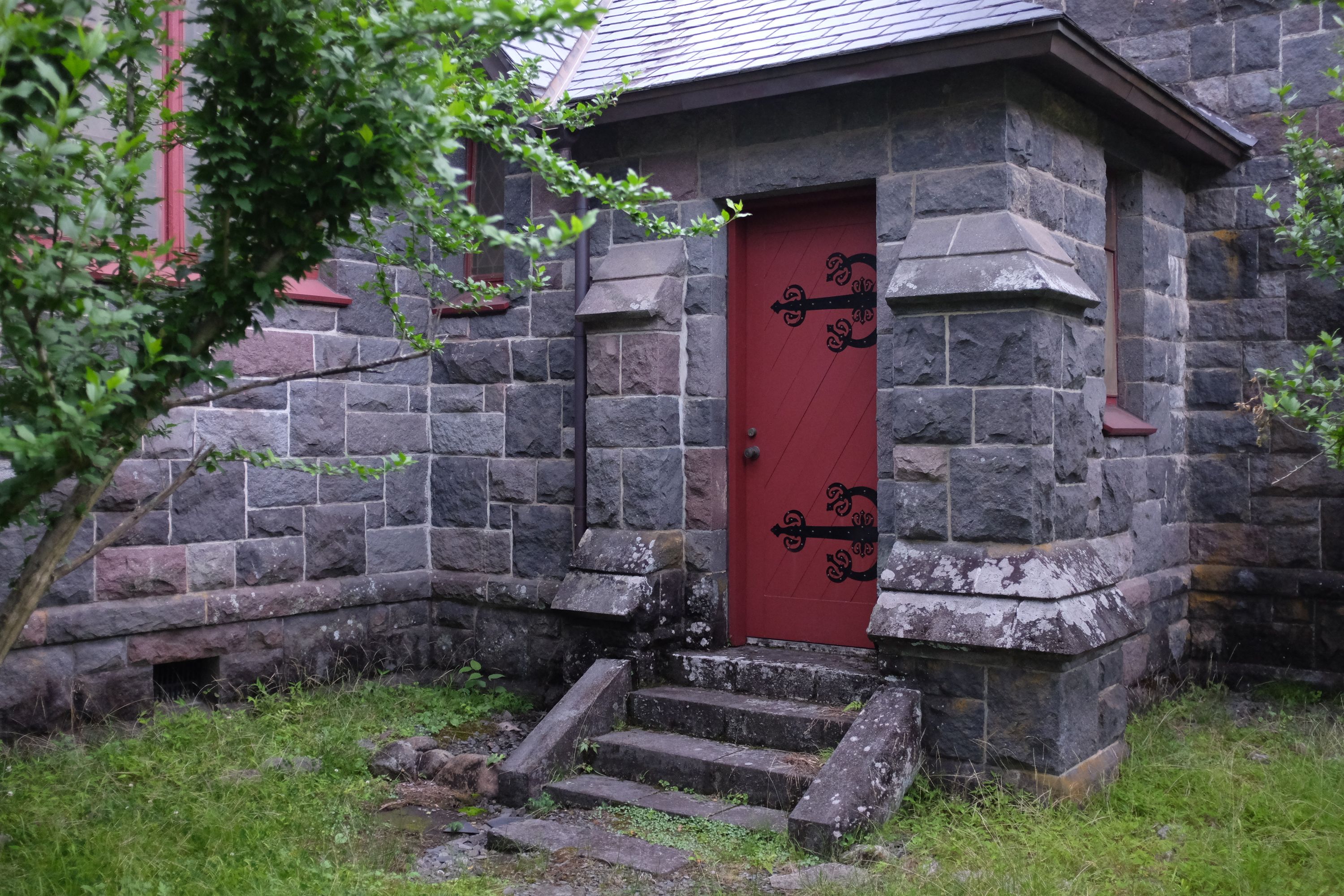
Charcoal clouds thickened over the black basalt Anglican church, its lush garden growing with roses, a scene from a Victorian-themed anime. On a black bench by a black convenience store and a black post office, I sat with a turquoise can of wheat beer from far-away Okinawa, dizzy, exhausted to the bone. The mountains were gone, and I had arrived to the Darjeeling of Japan, where Tokugawa Ieyasu lay. Later, in the bathhouse, I awoke to the sight of a striking Nilotic man washing himself, the suds glowing on his indigo-black skin, then he put on his headphones, and he was gone.

